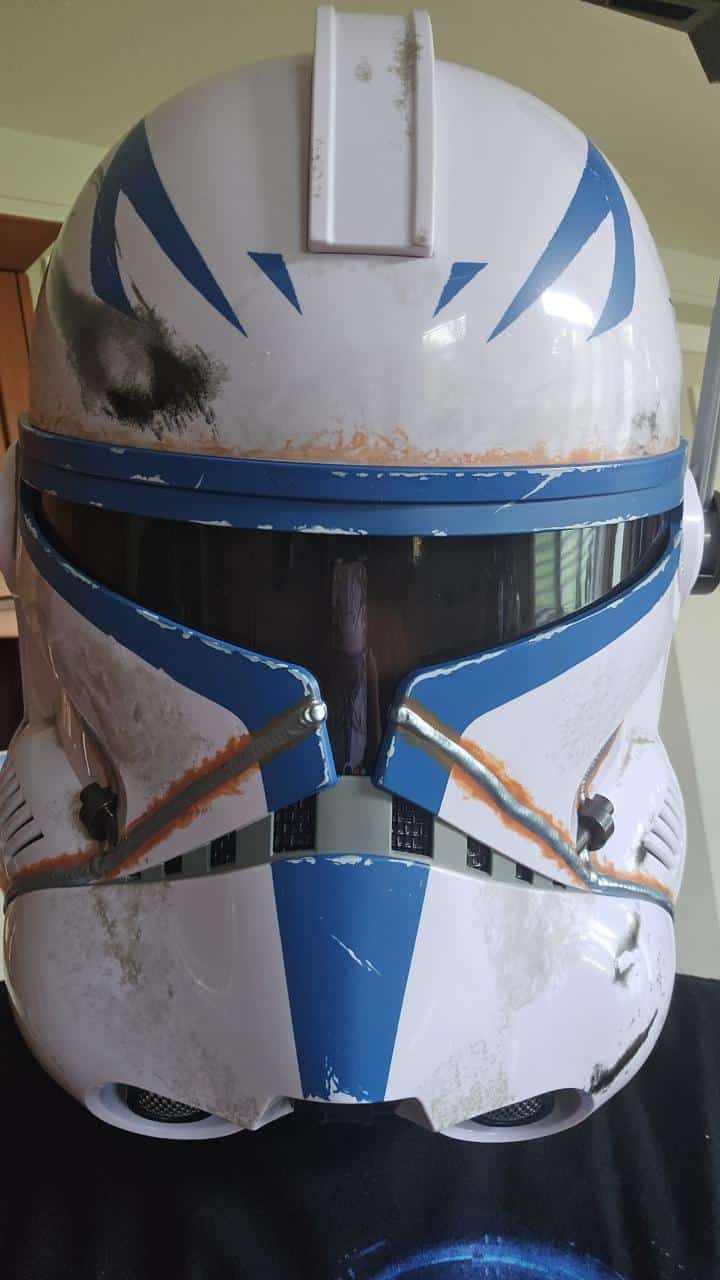
- Creator
- Leslye Headland
- Rating
- TV-14
- Episodes
- 8
- Running Time
- 329 minutes
- Channel
- Disney Plus
Overall Score
Rating Summary
For our spoiler-free review of the first 4 episodes of The Acolyte, click here.
Set in a time period when the Jedi were at their height, The Acolyte offers a new look at the beloved galaxy far, far away. While there have been a large number of Star Wars series in the last five years, interestingly, The Acolyte is the first live-action Star Wars project to feature the Jedi Order since 2005’s Revenge of the Sith, and the first project to introduce a new Sith character in 22 years. Leading up to its release, The Acolyte, set in the final days of the High Republic era and 100 years before the events of The Phantom Menace, was being hyped up to potentially top the lightsaber fights from The Phantom Menace. Unfortunately, the latter continues to reign supreme, with The Acolyte arguably ranking second in the franchise. It shouldn’t be surprising when those behind the series were also responsible for the Darth Vader hallway massacre seen at the end of Rogue One.
Series creator and showrunner Leslye Headland wears her influences on her sleeve, having been influenced by wuxia and martial arts films such as Come Drink With Me and A Touch of Zen. At the heart of The Acolyte, ultimately, is the relationship between Mae and Osha (Amandla Stenberg), identical twin sisters who are separated following a tragic accident on their home planet of Brendok. That planet, and the incident that leads to their separation, play a pivotal role in the season. The Acolyte presents an abundance of thought-provoking ideas, but it also features flawed execution and questionable creative decisions. The season seems to take the position that Sol (Lee Jung-jae) is in the wrong for killing Mother Aniseya (Jodie Turner-Smith), but has Aniseya, without warning, transform into a dark mist during a tense standoff. Mae appears to be being disintegrated by the mist, which Sol interprets as an attack and prompts him to stab Aniseya. In her final moments, she reveals that she intended for Osha to go with the Jedi like Osha had wanted, which for some reason, she did not reveal before her coven of witches raised weapons.
Throughout the series, Mae and Osha have motivations that change, but their motivations are never firmly established for the audience. Setting them up as its focal characters, their confusing motivations make it needlessly more difficult to become invested in the story. Mae recognizes that Osha does not know that Sol killed their mother, and yet, she conveniently withholds this information until the audience finds out. Later in the season finale, when Osha confronts Sol about killing Aniseya, Sol makes no mention of having believed that Aniseya was attacking. Instead, Sol reiterates that Osha and Mae are not twins or even sisters, as if that has anything to do with what Osha wants to know at that moment. There are many moments in The Acolyte where events occur because the writers need them to, as opposed to them occurring naturally.
By the end of the season, Sol is blamed for the deaths of all the lost Jedi. That accusation is never questioned by anyone, despite Sol’s strong reputation, his body and lightsaber never being found, and a witness at the beginning of the series reporting that Mae killed Indara (Carrie-Anne Moss). The Jedi responsible for the cover-up, Vernestra Rwoh (Rebecca Henderson), reports to Yoda, which either makes him incredibly incompetent or complicit in the cover-up. The Acolyte attracts controversy by depicting the Jedi as an institution more akin to space cops than warrior monks. A rampant misconception in the Star Wars fandom is that George Lucas views the Jedi as a corrupt institution that had their failure coming. However, Lucas is on the record for seeing the Jedi as the most moral of anybody in the galaxy. Here, the Jedi repeatedly make poor decisions and are depicted not as perfect public servants, but rather as flawed people that either fail to resolve trouble or create it themselves. This makes for compelling storytelling; however, the series pushes this even further by having them intrude on the witches’ territory and covering up their crimes. They are deceitful and manipulative.
Over the course of the season, it is implied that Vernestra abused Qimir by using her lightsaber whip on him when he was her apprentice. She shows no hesitancy in creating a cover story, and framing Sol as a rogue Jedi who went on a murderous rampage. It’s a far cry from the Vernestra of the High Republic books and comics, who is portrayed as a very honest and heroic Jedi. By deconstructing the Jedi in this way, The Acolyte recontextualizes the fall of the Jedi as the direct consequence of their actions. The recontextualization dramatically lessens the impact of Palpatine, as less of the Jedi’s fall is due to Palpatine pulling the strings.
There are several very meta lines that criticize the Jedi in The Acolyte, with one claiming that the Jedi’s noble intentions will one day destroy every Jedi in the galaxy. That is a misrepresentation of the Jedi’s failure in the prequels, as even the Jedi not having “noble intentions” and sitting on a couch would have still led to their demise. The downfall of the Jedi (in the prequels) is more accurately, a result of their complacency, ignorance, inability to be flexible, and failure to equip Anakin with what he needed to have better judgment and not fall for Palpatine’s machinations. Some of the criticisms the series makes against the Jedi are incompatible with how the Jedi have previously been depicted. Nonetheless, The Acolyte is willing to challenge viewers to see the Jedi in a new light.
The Acolyte even challenges viewers’ perceptions of the quintessential Star Wars protagonist, with Osha ultimately taking her place at Qimir’s (Manny Jacinto) side after killing her former Master. It’s an odd decision, seeing how Osha harbors hatred for Sol for killing his mother, but instantly falls for a stranger that brutally murders seven people, including Osha’s friends Yord Fandar (Charlie Barnett) and Jecki Lon (Dafne Keen). The difference between Sol and Qimir is that Sol feels conflicted over killing one person, and Qimir enjoys intimidating, mocking, and going out of his way to kill others. Qimir also hides his nature from Mae, threatening to kill her if she doesn’t do exactly what he wanted. In the end, the writers want Osha to join him when any rational person would likely want nothing to do with the Sith or Jedi.
On the performance side, leads Stenberg and Jacinto create an intriguing dark side duo, while Barnett and Keen bring a lovable charm to the series as Yord and Jecki. The standout performance in The Acolyte, however, belongs to Lee Jung-jae as Master Sol. Through Sol, Lee crafts a rich character that embodies the noble qualities of a Jedi while being dominated by his emotions like a Sith. Learning English for the role, his dedication leads him to deliver one of the best performances in Star Wars history.
Overall, The Acolyte impresses with intense lightsaber action, thought-provoking themes, and a willingness to not rely on legacy characters, save for a few cameos. That being said, the writing leaves more to be desired, and if improved, could set the stage for a spectacular second season.
still courtesy of Lucasfilm Ltd.
If you liked this, please read our other reviews here and don’t forget to follow us on Twitter or Instagram or like us on Facebook.

Discover more from
Subscribe to get the latest posts sent to your email.
